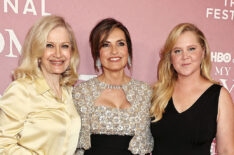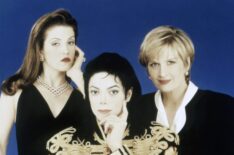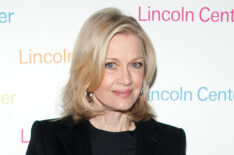Diane Sawyer
Credits

Will Reeve: Finding My Father
Executive Producer
Special
2025

Jeremy Renner: The Diane Sawyer InterviewStream
Host
Special
2023

Jeremy Renner: The Diane Sawyer InterviewStream
Writer
Special
2023

Love Actually: 20 Years Later
Anchor
Special
2022

Love Actually: 20 Years Later
Writer
Special
2022

Matthew Perry: The Diane Sawyer Interview
Host
Special
2022

Impact X NightlineStream
Correspondent
News
2022

9/11 Twenty Years Later: America Remembers
Host
Show
2021

GMA3: What You Need to Know
Guest
Show
2020

Our New Reality: A Diane Sawyer Special
Host
Show
2020

The Douglas Dynasty: Fame, Addiction, Finding Home -- A Diane Sawyer Special
Host
Show
2019

Diane Sawyer Reporting
Host
Special
2019

Live with Kelly and Ryan
Guest
Talk
2017

ABC News Your Voice Your Vote - Election Night 2016
Correspondent
Show
2016

The Late Show With Stephen ColbertStream
Guest
Talk
2015

Women Behind Bars: A 20/20 on ID Special
Correspondent
Show
2015

Diane Sawyer möter Bruce Jenner
Host
Show
2015

Bruce Jenner -- The Interview
Host
Show
2015

The Untold Story of The Sound of Music -- A Diane Sawyer Special
Host
Show
2015

Hillary Clinton: Public and Private - One on One With Diane Sawyer
Host
Show
2014

The Francis Effect
Actor
Show
2014

The Hornet's Nest
Actor
Movie
2014

20/20 on OWN
Correspondent
Show
2013

Murder. Mystery. Amanda Knox Speaks - A Diane Sawyer Exclusive
Anchor
Show
2013

ABC News Your Voice Your Vote 2012
Anchor
Show
2012

Live! With Kelly and Michael
Guest
Talk
2012

Congresswoman Gabrielle Giffords and Space Shuttle Commander Mark Kelly Share Their Story With Diane Sawyer
Host
Show
2011

A Special Edition of 20/20 -- Remembrance and Renewal: 10 Years After the 9/11 Attacks
Correspondent
Show
2011

The Gayle King Show
Guest
Show
2011

The Gayle King Show
Host
Show
2011

Vote 2010
Anchor
Show
2010

Stand Up to Cancer
Host
Show
2010

Earthquake Haiti: Race to Save a Country
Anchor
Show
2010

ABC World News With Diane Sawyer
Anchor
Show
2009

Remembering Ted Kennedy
Anchor
Show
2009

Primetime: Questions for the President: A Prescription for America
Anchor
Show
2009

ABC News Vote '08: Vice Presidential Debate Analysis
Anchor
Show
2008

The Kalb Report
Guest
Show
2007

Rachael Ray Show
Guest
Talk
2006

The Colbert Report
Guest
Talk
2005

The Insider
Guest
Show
2004

ABC News Special
Correspondent
Show
2004

Weddings
Host
Show
2004

The Ellen DeGeneres Show
Guest
Talk
2003

Jimmy Kimmel Live!Stream
Guest
Talk
2003

Live With Regis and Kelly
Guest
Show
2001
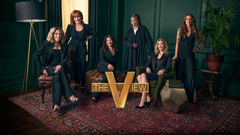
The View
Guest
Talk
1997
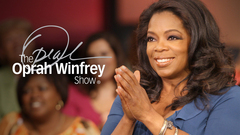
The Oprah Winfrey Show
Guest
Talk
1986
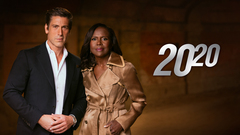
20/20Stream
Anchor
News
1978

20/20Stream
Correspondent
News
1978

20/20Stream
Self
News
1978

Good Morning America
Anchor
News
1975

Good Morning America
Guest
News
1975

Sesame StreetStream
Guest Star
Series
1969

The Dick Cavett ShowStream
Guest
Talk
1968
News aboutDiane Sawyer
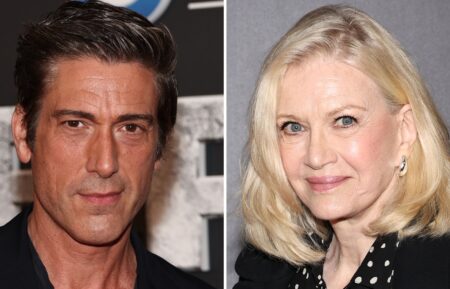
Diane Sawyer Pays Sweet Tribute to David Muir as He’s Named One of Time’s 100 Most Influential People
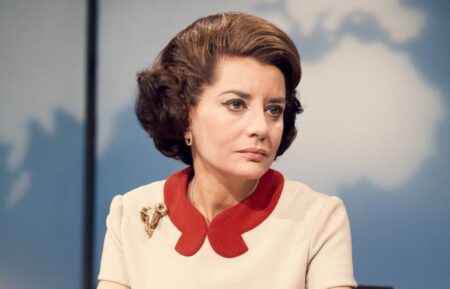
Barbara Walters ‘The Rulebreaker’ Biography: Most Shocking Revelations

Happy National Donut Day! See Bethenny Frankel & More TV Stars Celebrate (PHOTOS)
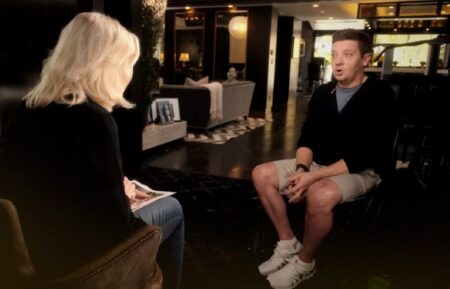
Jeremy Renner Gets Emotional in First Post-Accident Interview With Diane Sawyer
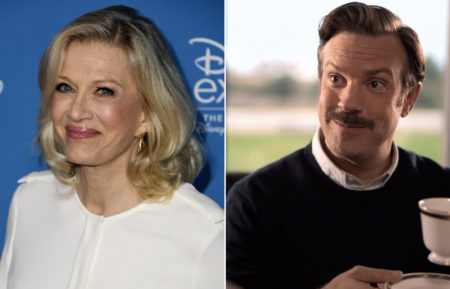
Ted Lasso and Diane Sawyer Get Flirty on Social Media

Worth Watching: NBC’s Got ‘Talent’ and ‘Dance,’ Hannah Gadsby’s Second Act, Diane Sawyer Ponders ‘Our New Reality’
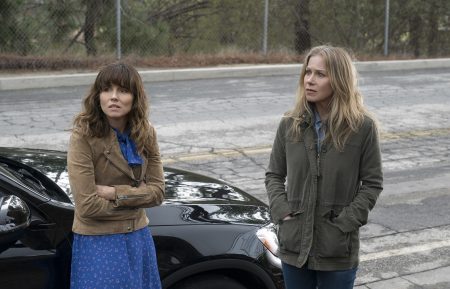
Worth Watching: ‘Dead to Me’ and ‘Tuca & Bertie’ on Netflix, HBO on the Gymnastics Scandal, Diane Sawyer on Screen Addiction
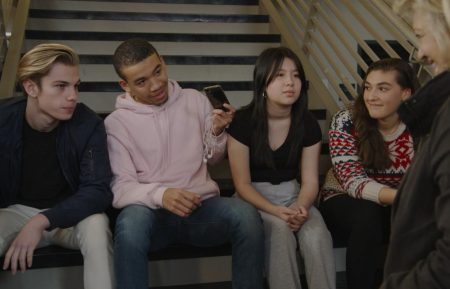
Diane Sawyer Reports on ‘ScreenTime’ & the Social Media Impact on Families
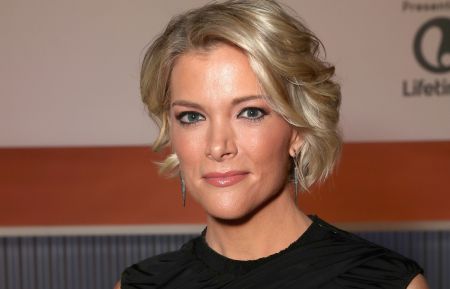
9 TV News Anchors Who Left the Networks That Made Them Stars
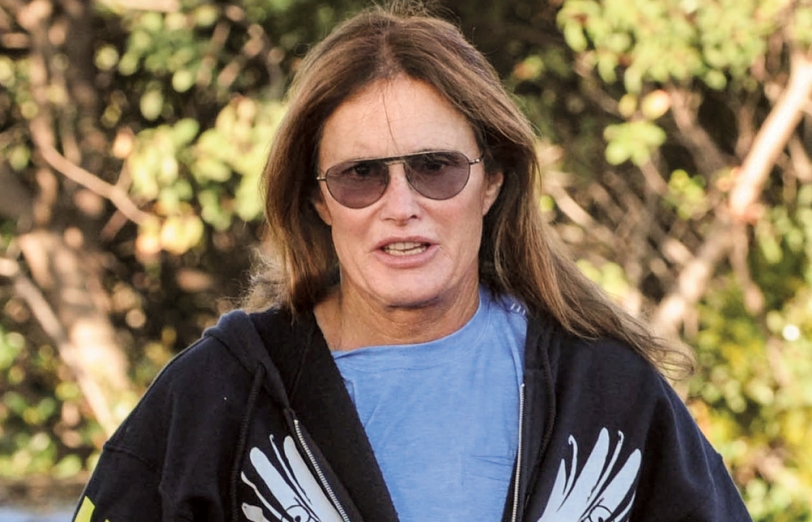
Diane Sawyer’s Bruce Jenner Interview Scores Huge Ratings for ABC

Will Bruce Jenner Tell All to Diane Sawyer?

ABC Announces 2-Hour Bruce Jenner — The Interview with Diane Sawyer



